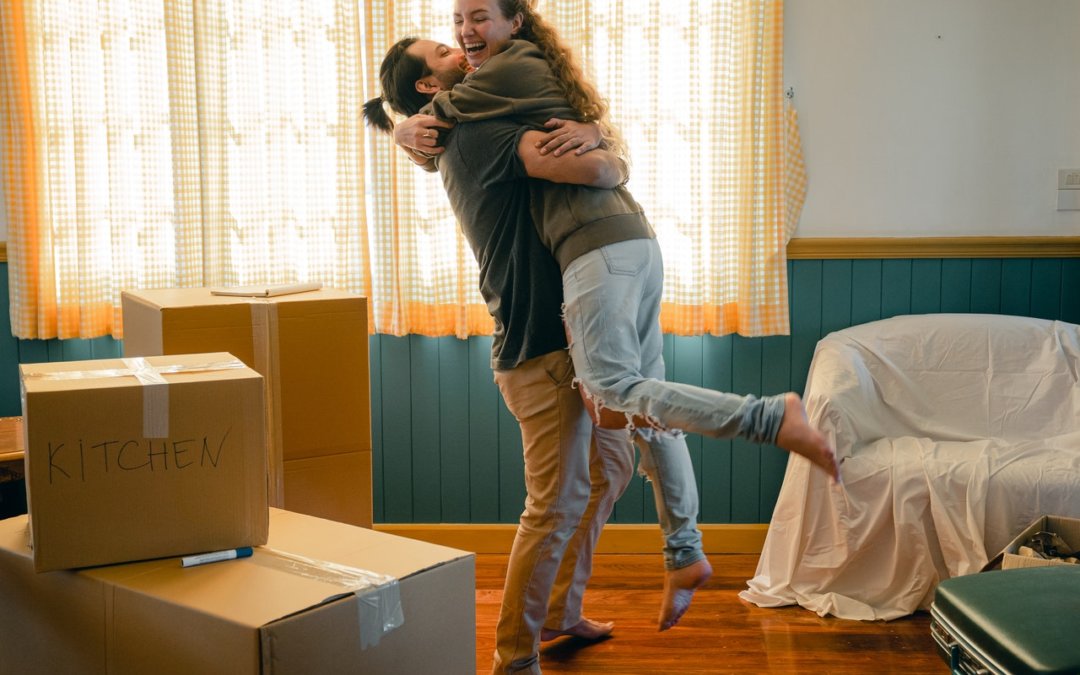For many people, the economy of 2021 bears little similarity to the economy that they grew up with. Adding together the burdens of student loan payments, soaring rents, and stagnant wages, many individuals are facing a world that is growing increasingly expensive. For many millennials, the prospect of becoming a member of the American middle class seems truly distant.
This idea is perhaps most clearly represented in current anxieties around homeownership. Traditionally, homeownership was seen as a rite of passage for individuals getting their first “real” job and starting families. The notion of the “starter home” was indeed a powerful image in the American psyche: A first home would by no means be a mansion, but would-be homeowners saw a first home as an investment in the future.
At present, however, the concept of the “starter home” now appears to be a privilege reserved for those who work in upper-middle class professional fields or those who are born into generational wealth. Housing prices are growing at a truly astonishing rate in the United States: Last year, the average cost of a home in Seattle was nearly $800,000. Even taking away the $160,000 down payment that such a house would command, a reasonable 30-year mortgage on such a house would cost a homeowner close to $3500 per month.
These two last points are important when considering the current crisis in homeownership. Firstly, housing prices are increasing faster than people can save money for a downpayment on a home. By the time someone has saved up for a massive downpayment on an average house, for example, they will often find that local housing prices have dramatically increased. And saving up over $100,000 for a downpayment on a home when rental costs on apartments are astronomical may seem genuinely impossible.
Secondly, a sizable mortgage payment can be out of reach for the average wage-earner. In a place like Seattle, even someone clearing a solid income of $7000 per month after taxes would still have to devote over half of their income to their mortgage payment. This is to say nothing of what will happen if repairs or maintenance on the home are required.
Once within reach of the average American, to wit, homeownership is now becoming a privilege that has seemingly been relegated to the upper-middle classes or to people who have inherited substantial wealth from relatives. Even in traditionally inexpensive states like Montana, Idaho, and Utah, the dream of homeownership is quickly fading. And for renters, conversely, the thought of never owning a home is increasingly becoming a reality.

